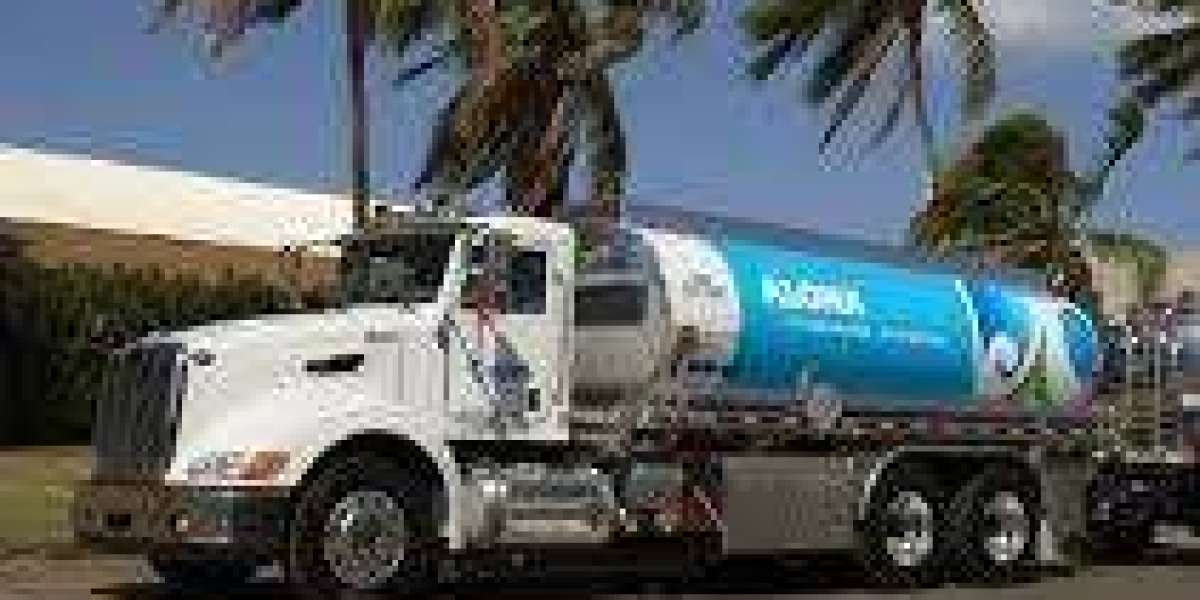Fuel tanks are essential components in vehicles, generators, machinery, and storage systems, serving the critical function of safely storing fuel until it is needed. The choice of material used in manufacturing fuel tanks greatly affects their durability, weight, resistance to corrosion, safety, and cost. Over the years, engineers and manufacturers have developed various fuel tank designs using a range of materials suited to different applications. This article explores the most commonly used materials in fuel tank production and discusses why they are chosen.
1. Steel (Mild Steel and Stainless Steel)
Why It’s Used:
Steel has long been a popular material for fuel tank manufacturing due to its strength and durability. It is especially suited for heavy-duty applications such as trucks, military vehicles, and industrial storage tanks.
Advantages:
High strength: Steel provides excellent structural integrity and can withstand significant impact and pressure.
Durability: Steel tanks have a long lifespan and are less likely to crack under stress.
Weldability: Easy to shape and weld, making it ideal for custom or large-scale designs.
Fire resistance: Steel is non-combustible and offers high fire resistance, which enhances safety in hazardous environments.
Disadvantages:
Corrosion: Mild steel is prone to rust and needs protective coatings or linings.
Weight: Steel is heavy, which may reduce fuel efficiency in vehicles.
Common Uses: Trucks, fuel transport tankers, construction machinery, stationary fuel storage tanks.
2. Aluminum
Why It’s Used:
Aluminum has gained popularity in automotive and aerospace industries due to its lightweight properties and resistance to corrosion.
Advantages:
Lightweight: Reduces overall vehicle weight, improving fuel efficiency and performance.
Corrosion resistance: Naturally resists corrosion without requiring coatings.
Recyclability: Environmentally friendly as it is easy to recycle.
Disadvantages:
Lower strength than steel: Aluminum can be more prone to damage under high stress.
Higher cost: Generally more expensive than steel.
Common Uses: Passenger cars, sports vehicles, aircraft, racing vehicles.
3. Plastic (High-Density Polyethylene - HDPE)
Why It’s Used:
HDPE plastic has become the standard material for modern automotive fuel tanks due to its versatility and chemical resistance.
Advantages:
Lightweight: Significantly lighter than both steel and aluminum.
Corrosion and chemical resistance: Does not rust and resists degradation from fuels and additives.
Design flexibility: Can be molded into complex shapes, increasing fuel capacity and space efficiency.
Cost-effective: Relatively inexpensive to produce in large quantities.
Disadvantages:
Lower impact resistance: Can crack or deform under high impact or heat.
Permeability: Requires special treatment to prevent fuel vapor leakage.
Common Uses: Modern passenger cars, motorcycles, and small machinery.
4. Composite Materials
Why It’s Used:
Advanced composite materials, such as carbon fiber reinforced plastic (CFRP) and fiberglass, are used in high-performance and specialty applications.
Advantages:
Ultra-lightweight: Ideal for performance vehicles and aerospace where weight is critical.
High strength-to-weight ratio: Combines strength with low mass.
Corrosion-free: Does not rust or degrade with exposure to fuel.
Disadvantages:
Expensive: High production costs and complex manufacturing processes.
Repair difficulty: Damage to composite tanks is harder to repair than metal or plastic ones.
Common Uses: Racing cars, aircraft, high-end motorcycles, and custom military applications.
5. Rubber-Lined or Coated Tanks
Why It’s Used:
Some steel or aluminum tanks are lined with rubber or special polymer coatings to improve chemical resistance and prevent internal corrosion.
Advantages:
Enhanced corrosion resistance: Protects the metal tank from corrosive fuel additives or biofuels.
Cost-efficient upgrade: Enhances the lifespan of traditional tanks without changing the base material.
Disadvantages:
Maintenance: Coatings can degrade over time and require reapplication.
Not suitable for high-pressure systems: Less effective under high stress or impact.
Common Uses: Industrial storage, aviation, marine applications.
Factors That Influence Material Choice
The selection of material for fuel tank manufacturing is based on several factors:
Application type (automotive, industrial, aviation, marine)
Fuel type (gasoline, diesel, biofuels, aviation fuel)
Safety regulations and environmental standards
Cost and ease of manufacturing
Weight considerations
Durability and lifespan requirements
Conclusion
The materials used in manufacturing fuel tanks—steel, aluminum, plastic (HDPE), composite materials, and coatings—are chosen based on a careful balance of durability, weight, cost, and resistance to fuel and environmental factors. With advancements in material science and increasing demand for lightweight and sustainable solutions, the industry continues to evolve. Whether in a compact car or a military transport vehicle, choosing the right fuel tank material ensures optimal safety, performance, and longevity.







